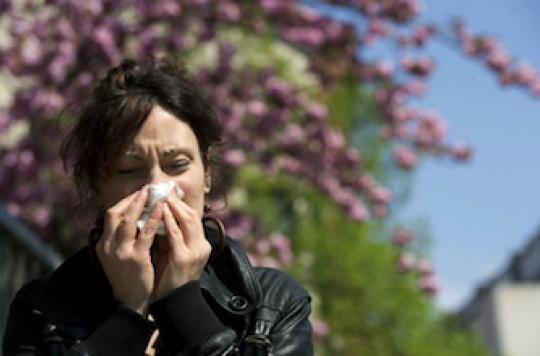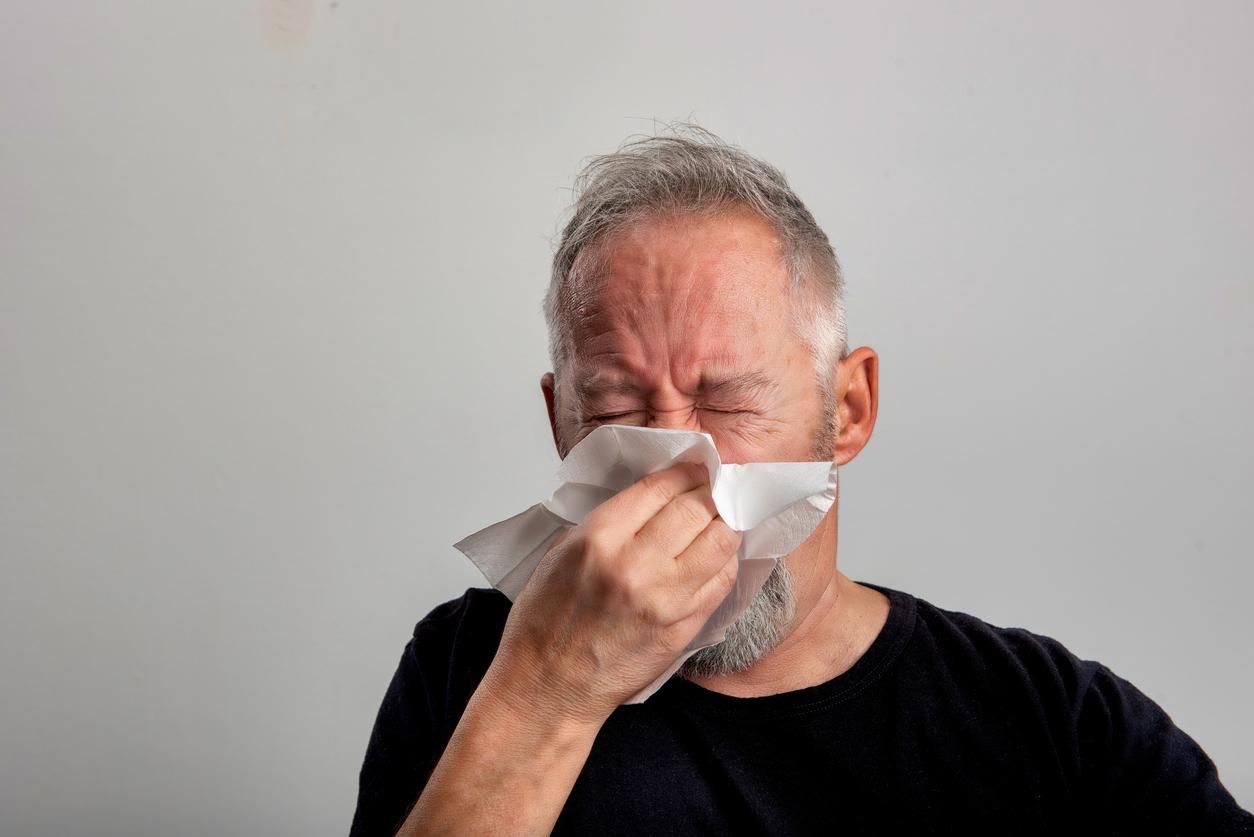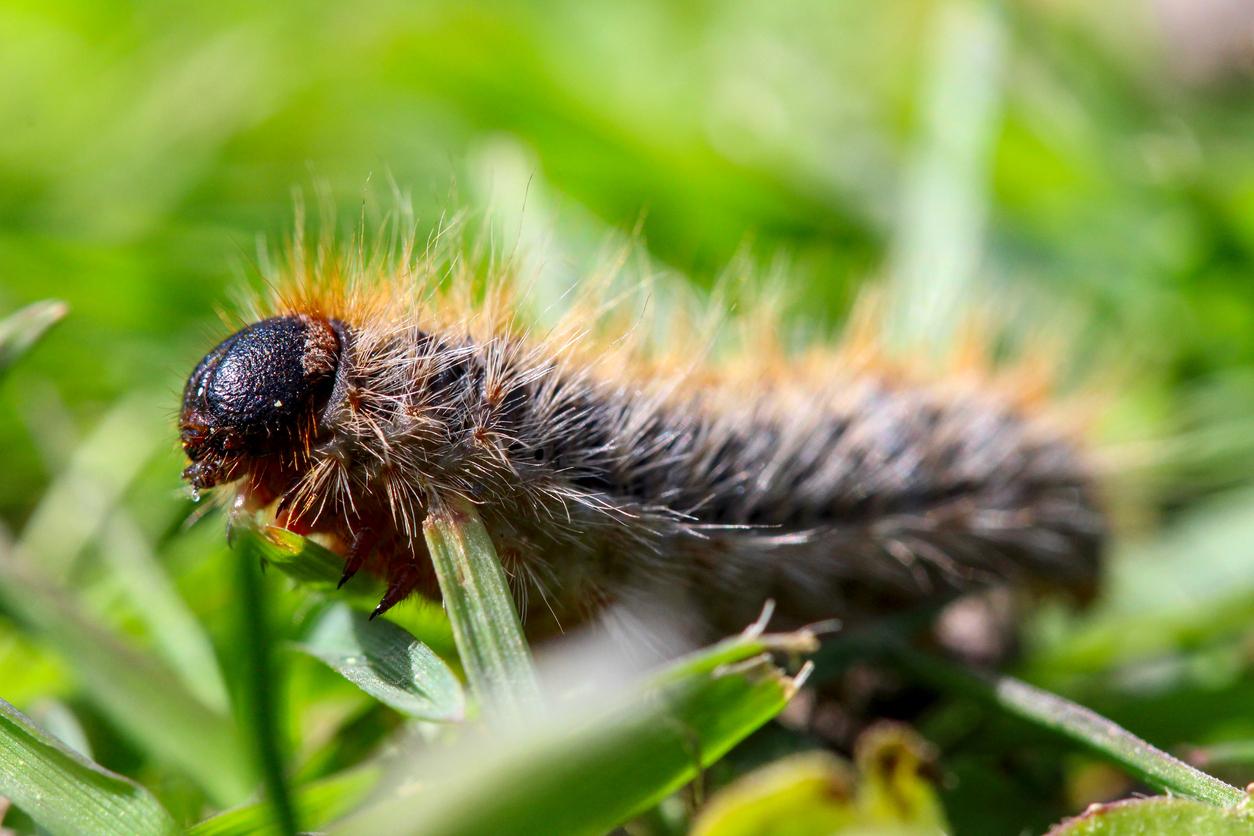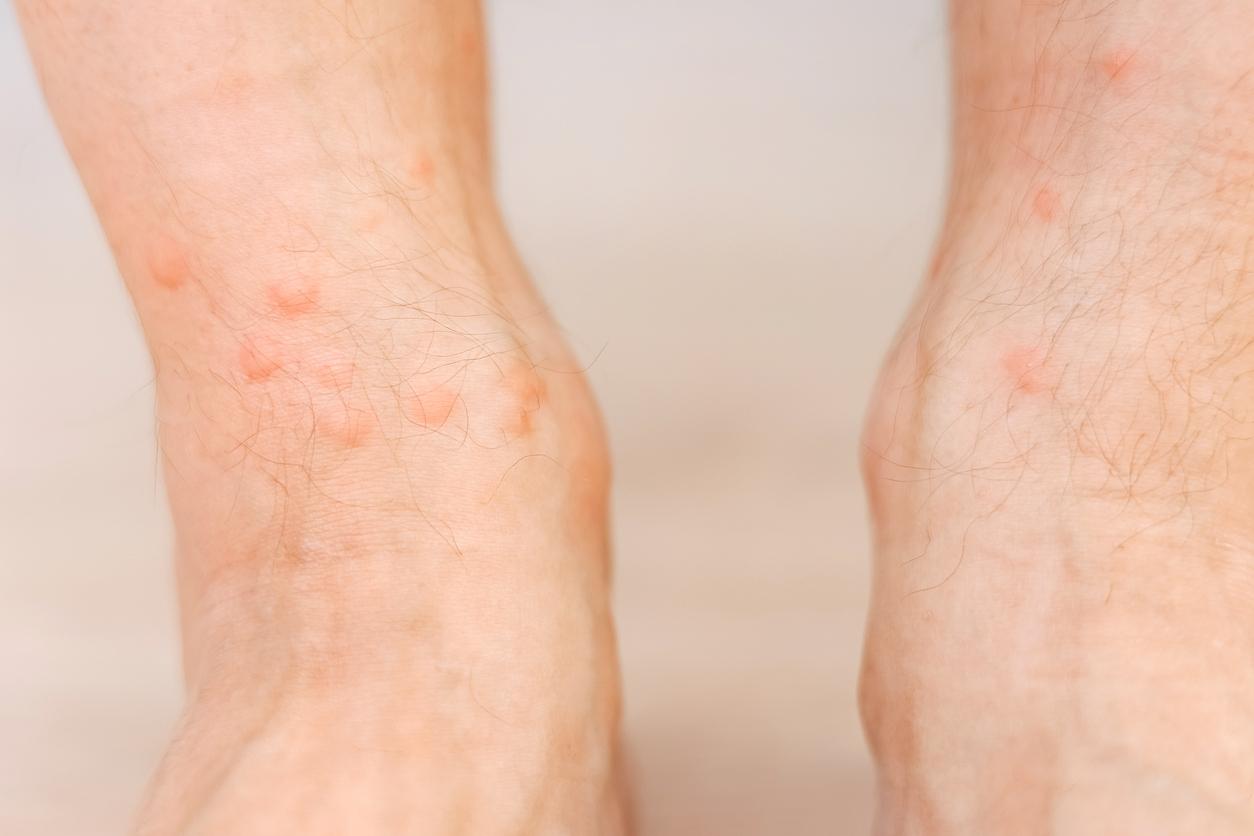Researchers have developed a filter to be placed in the nose. It helps block allergenic particles such as pollen, responsible for hay fever.

Itching, runny nose, sneezing… What if a filter isolated you from the pollen responsible for these allergic symptoms? It is not yet marketed, but it exists. A clinical study, published on March 7 in the Journal of Allergy and Clinical Immunology, compared the effectiveness of the Rhinx nasal filter, developed by the University of Aarhus (Denmark), and a placebo filter.
Block allergens
This filter is the size of a contact lens and fits into both nostrils. Depending on the density adopted, it can block different particles in the air – including pollen from the grass that causes the famous “hay fever.” »10 to 20% of the French population is affected by this respiratory allergy according to the National Aerobiological Surveillance Network (RNSA). The territory is not on red alert for now, but the early spring could trigger a wave of allergic rhinitis. Such a device would therefore relieve a good number of allergic patients.
A 75% reduction in irritation
“We will be testing the Rhinix on a larger scale later this year, in collaboration with the Danish Patient Organization Asthma-Allergy Denmark. But preliminary tests in our allergy room show us that the filter can both relieve typical symptoms, and not cause unacceptable discomfort when used, ”explains Prof. Torben Sisgaard, one of the study’s authors. .
Slight symptoms persist after inserting the filter. But the team of researchers believes that it allows “medically significant decreases in daily nasal symptoms compared to placebo.” The runny nose, itching and sneezing were less. Using the filter also reduces throat irritation by 75%. The device allows breathing through the nose, and does not influence the amount of air inhaled. But it will undoubtedly be necessary to wait a few years before being able to buy such a product.
.















